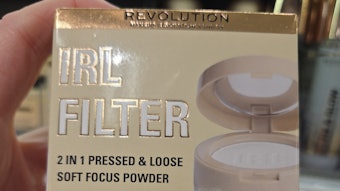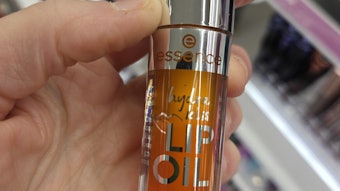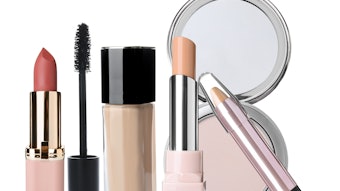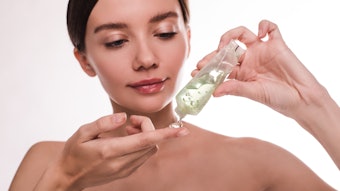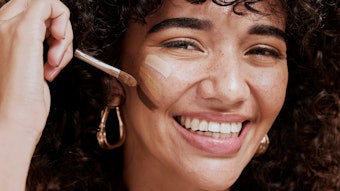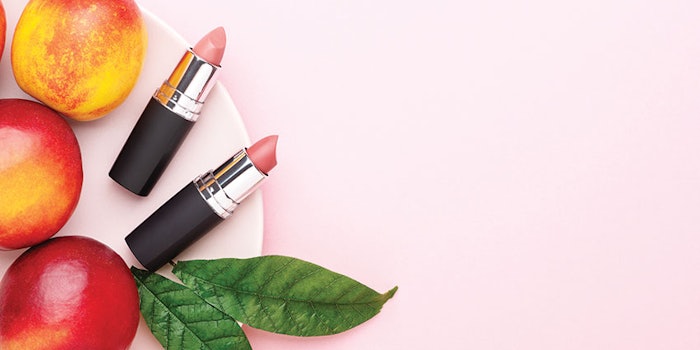
Read the full article in the November/December 2020 digital edition. . .
The rising popularity of natural and “clean” beauty products has taken the industry by storm. Millennials represent two-thirds of the global buying power and drive current market trends. This generation of consumers cares about what is inside cosmetic products by seeking out “cleaner” and all-natural products, studying labels, looking for eco-responsible brands and learning more about the science behind cosmetics. Additionally, The Economist declared 2019 as the “Year of the Vegan,” reporting that one out of four millennials in America is now vegan or vegetarian. Worldwide, vegan cosmetic launches have also more than doubled over the past five years, according to Mintel, and millennials want products that align with their values: transparent, ethical and natural.1
When it comes to color cosmetics, consumers traditionally had to choose between high performance or natural products. Brands were only focusing on one or the other attribute for marketing strategies and consumer target purpose. However, with the great progress and advancement of cosmetic science, compromising on performance or sensory qualities is no longer a necessity. Innovative textures, long-lasting performance and high coverage are now achievable with natural ingredients and this is what consumers seek as they make purchasing decisions.
This article describes the technical challenges a formulator faces when developing a natural vegan lipstick that delivers high-performance. The selection of ingredients is fundamental to ensuring compatibility and long-term stability without syneresis or blooming, even when exposed to high temperature and humidity stress. Adding sustainability and vegan considerations also increases the development complexity, bringing more raw material limitations throughout formulation development.
Formulating Challenges
The choice of waxes and oils as well as their ratio is key. When formulating a lipstick, the chemist creates a structure with waxes, forming a network in which oil can move freely.2
If the lipstick is exposed to temperature changes, the network is modified, which can potentially cause the oil to migrate to the surface of the stick if waxes and oils are not perfectly balanced.
Formulas 1 and 2 demonstrate how to balance the ratio of natural and vegan oils and waxes to make lipsticks ranging from creamy to matte formulations. Good oil binding is key to help preserve stick integrity and consumer experience.
Natural Waxes
Waxes provide the lipstick’s signature structure and ensure that it will remain solid until contacted with the lips, where frictional heat will cause it to melt. The lipid crystal network formed and the size and shape of the crystals will determine the physical and functional properties of the lipstick.3 Knowing that most lipsticks contain three to five structuring waxes with a blend of crystalline and amorphous waxes,4 introducing natural and ethical restrictions, brings a new level of complexity to lipstick formulation development.
Cera microcristallina, paraffin and ozokerite are mineral waxes derived from petroleum. These are some of the most-used waxes in the industry because they are the most functional (see Figure 1). Microcrystalline structures are more elastic—they lessen the brittleness of the stick and increase its strength, which makes the lipstick less likely to break. Their composition is precisely known and consistent, which ensures homogeneous re-crystallization and therefore, a stable structure and good oil-binding properties.
In comparison, the composition of natural waxes depends on the growing conditions, the geographic area and the origin of the plant. They can be subject variations in carbon chain length, structural isomerism and stereoisomerism. From batch to batch, a natural wax can show discrepancies in terms of hardness or melting point due to these structural variations. Additionally, natural waxes have a multi-component chemical nature5 made of wax esters, alkanes, long-chain fatty acids and long-chain fatty alcohols. Other components may also be present in variable amounts depending on the origin of the wax, such as aldehydes, ketones, sterol esters and secondary alcohols. Added to the structural variation, this chemical diversity can lead to heterogeneous recrystallization and bigger crystals.
Within the natural wax variety, the most popular choices are beeswax and Candelilla cera because of their unique structures and properties. However, this is where additional restrictions linked to ethical concerns can become challenging:
• Beeswax: This wax thickens oils, increases stick integrity and helps pigment dispersion by acting as an emulsifier due to its free fatty acids content. Despite its unique properties, beeswax is produced by honeybees and even if they are not harmed during the process, it is still an animal by-product and therefore not suitable for vegan formulations. Using beeswax could be considered as stealing from another species and can thus be regarded as disrespectful to nature by vegan consumers.
• Candelilla wax: This wax is well-known for enhancing the temperature stability of natural products, which makes it a great natural alternative to petroleum-derived waxes. However, it is derived from the leaves of the Candelilla shrub (Euphorbia cerifera) of Northern Mexico, which has been classified as a protected and endangered species under the Convention on International Trade in Endangered Species of Wild Fauna and Flora (CITES). Knowing that the primitive wax-extraction method produces a very low yield of 2%, the natural profile of the wax does not make it sustainable.
As alternatives, high melting point waxes such as carnauba wax, rice bran wax or sunflower seed wax are recommended. These natural waxes exhibit high oil-binding capacity; and as previously mentioned, good oil-binding is key but also very challenging to achieve with natural waxes due to their unstable structure.
• Sunflower seed and rice bran waxes: Sunflower seed wax and rice bran wax are by-products of the foods industry. The first step in refining the edible oil is the de-waxing of the grain. If the producer of this edible oil does not find a potential consumer, the wax is disposed of. Therefore, upcycling sunflower seed wax and rice bran wax is both sustainable and environmentally friendly.
Both waxes contain a high amount of long-chain wax esters,5 which gives them a high melting point but with very different crystallization behavior. Sunflower seed wax improves the viscosity of oleogels without showing any crystallinity, which gives a long-lasting shine to the stick. On the other hand, with its high crystallinity, rice bran wax allows the creation of soft and matte oleogels.
• Berry wax: Combining these waxes with a lower melting point wax such as berry wax (melting point = 48-54°C) can open up new opportunities for the chemist, both in terms of sensory and stability properties. A lipstick formulation containing sunflower seed wax, rice bran wax and berry wax can present an interesting sequential crystallization and melting behavior.5 During cool-down, the high melting point waxes will crystallize simultaneously but will not form any mixed crystals due to the different crystallization behavior.
At a lower temperature, the berry wax will then reinforce the network structure by forming solid crystal bridges between the pre-existing crystals.5 The cohesive network formed will result in increased hardness and stability. As per any formulation, it is then up to the chemist to find the perfect blend to achieve the desired finish and texture without compromising stability and efficacy.
Natural Oils and Butters
Natural oils and butters are widely used, even in non-natural formulations. Not only are they safe and available in a wide variety of texture and sensory profiles, but they also help to keep the wax soft enough for lipstick to be easily spread onto the lips. They also give moisturizing and soothing properties to the lipstick by forming a barrier to slow water loss.
. . .Read more in the November/December 2020 digital edition. . .
References
- in-cosmetics (2018, Jun 19). Trends in natural beauty. Available at: https://connect.in-cosmetics.com/news-category/trends-in-natural-beauty/
- Sulenta, T. (2015, Feb). Lipstick formulation: Not as easy as you might think. Personal Care Europe 48-50.
- Sarbojeet, J. (2016) Crystallization behavior of waxes. Available at: https://digitalcommons.usu.edu/etd/5088
- Deckner, G. (2017, Sep 22) A touch of color: Historical and contemporary lipstick formulation. Available at: https://knowledge.ulprospector.com/7130/pcc-touch-color-historical-contemporary-lipstick-formulation/
- Tavernier, I., et al. (2017). Sequential crystallization of high and low melting waxes to improve oil structuring in wax-based oleogels. RSC Adv 7 121, 13-12125.

